
Welcome to The Crescent City
New Orleans, founded in 1718, is called the Crescent City because the original town, the Vieux Carré, also called the French Quarter, was built at a sharp bend in the Mississippi River. Nicknamed the "Big Easy," the city is known for its round-the-clock nightlife, vibrant live-music scene and spicy cuisine reflecting its history as a melting pot of French, African and American cultures. Embodying its festive spirit is Mardi Gras, the late-winter carnival famed for costumed parades and street parties.
B&Bs in The Greater New Orleans Area
Bienvenue Mon Ami Bed and Breakfast - Amite, La.
Garden District Bed and Breakfast - New Orleans, La.
Blythewood Event Center Bed and Breakfast - Amite, La.
Grand Victorian Bed & Breakfast - New Orleans, La.
HH Whitney House - New Orleans, La.
Park View Historic Hotel - New Orleans, La.
Landmarks, Plantations, Attractions
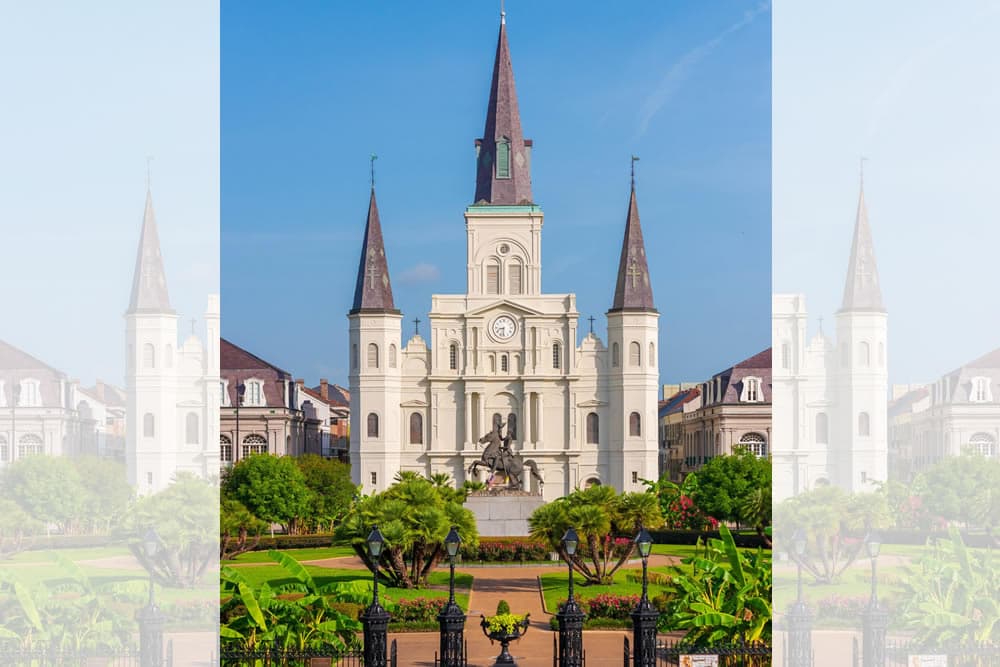
Jackson Square
The Jackson Square is a historic park in the French Quarter of New Orleans, Louisiana. It was declared a National Historic Landmark in 1960, for its central role in the city's history, and as the site where in 1803 Louisiana was made United States territory pursuant to the Louisiana Purchase.
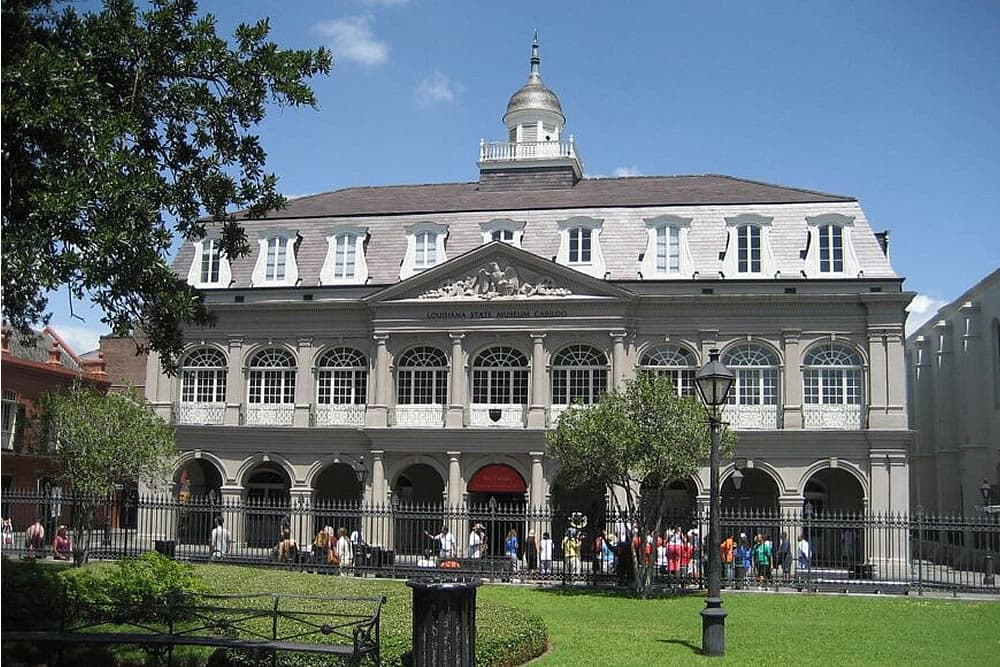
The Cabildo
Now the Louisiana State Museum Cabildo, this building was once the seat of Spanish colonial city hall of New Orleans, Louisiana. It is located in Jackson Square, adjacent to St. Louis Cathedral.
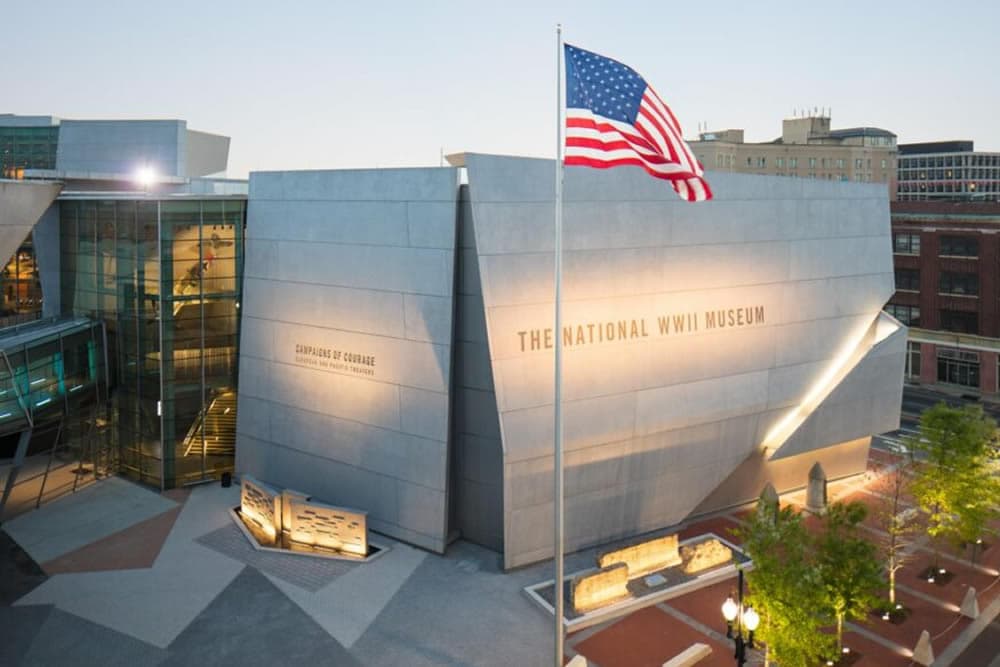
The National WWII Museum
Formerly known as The National D-Day Museum, this military history museum is located in the Central Business District of New Orleans, Louisiana, on Andrew Higgins Drive between Camp Street and Magazine Street. The museum focuses on the contribution made by the United States to Allied victory in World War II.
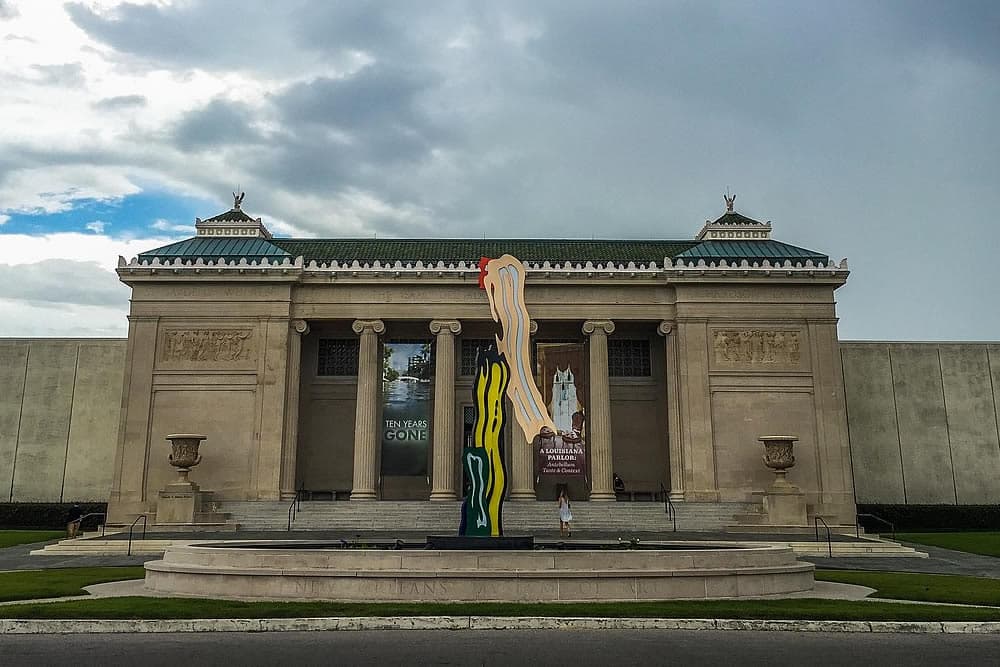
The New Orleans Museum of Art
This museum is the oldest fine arts museum in the city of New Orleans and is situated within City Park.
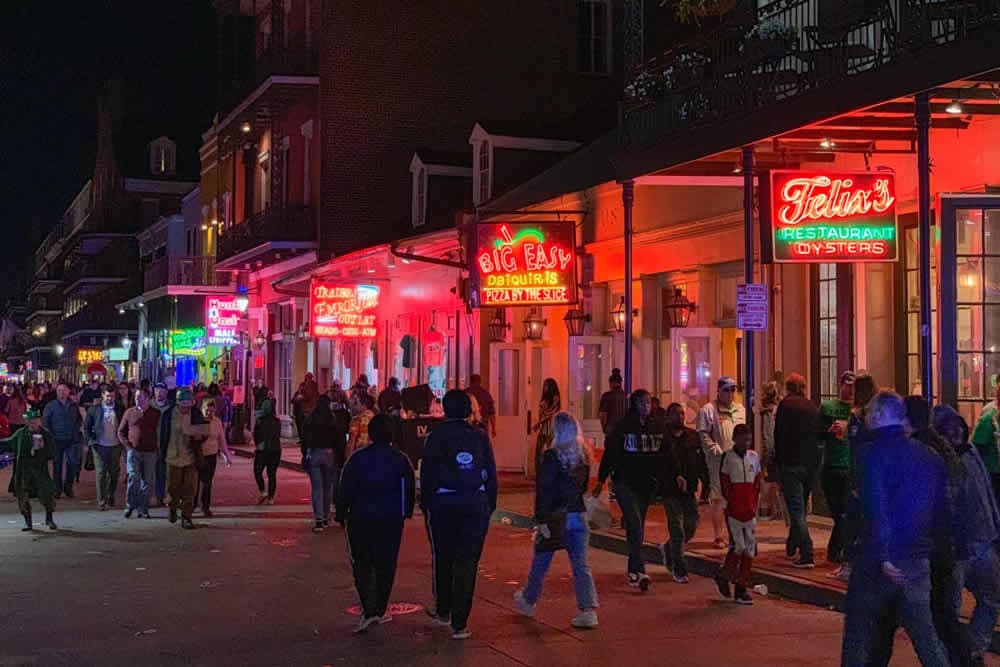
Bourbon Street
Noisy. Raucous. Nocturnal. For many New Orleans visitors, Bourbon Street embodies the life of a party town. The street is lit by neon lights, throbbing with music and decorated by beads and balconies. Named for a royal family in France and not the amber-colored alcohol, Bourbon Street has become a place for revelry of all sorts.
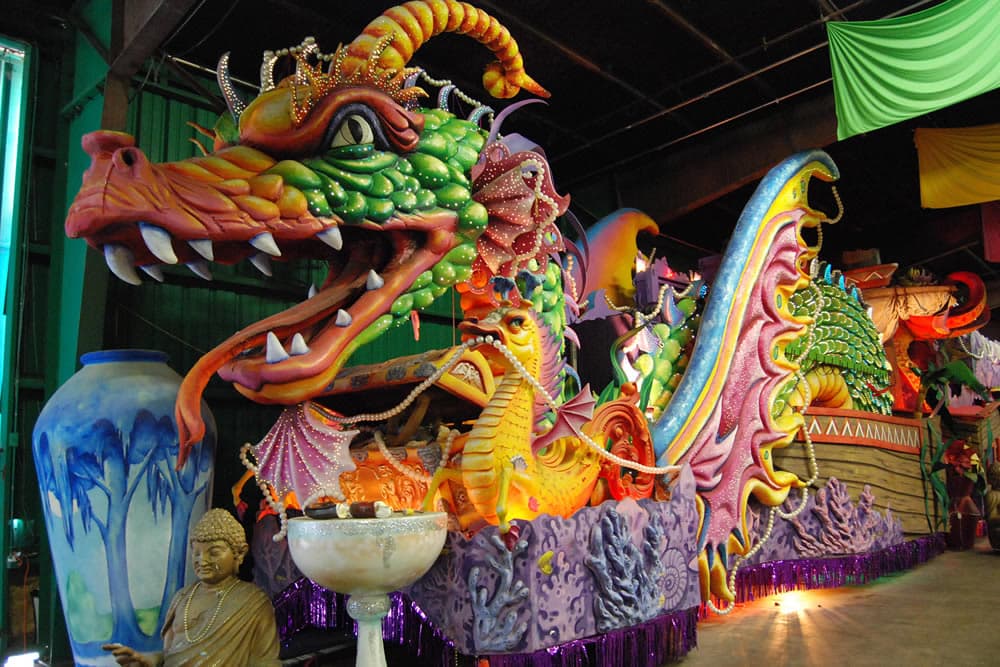
Blaine Kern's Mardi Gras World
Mardi Gras World has been one of the leading tourist attractions in New Orleans since 1984, drawing over 200,000 guests every year. The tours showcase every aspect of the process from prop designing and building, float painting, 3D scanning, robotic sculpting, and more.
(Paul Mannix Photographer)
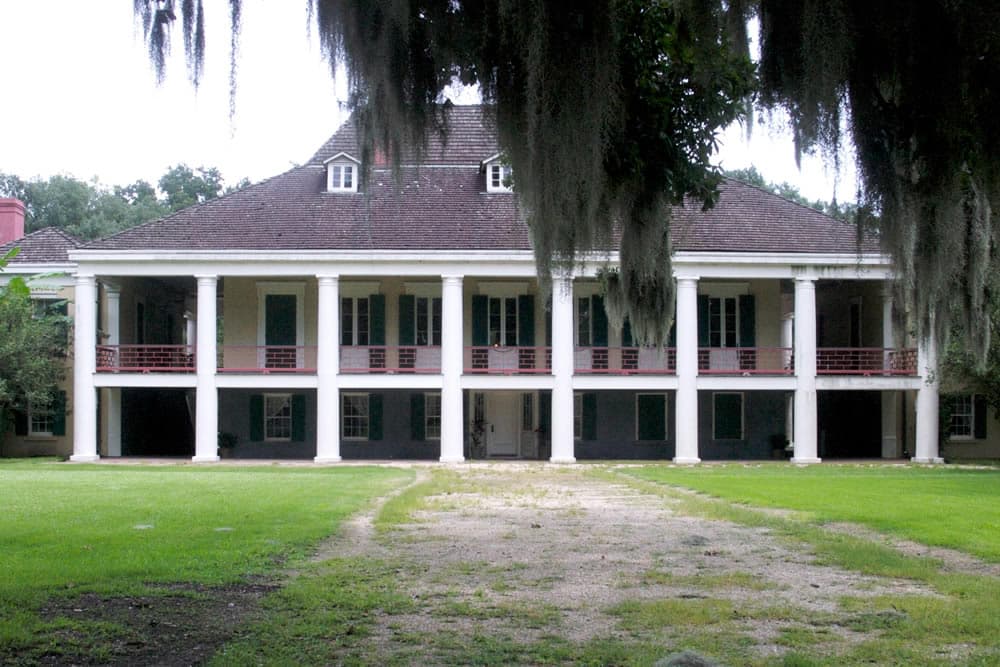
Destrehan Plantation
13034 River Rd, Destrehan, LA 70047
Destrehan Plantation, established in 1887, is an antebellum mansion, in the French Colonial style, which was modified with Greek Revival architectural elements. It is located on the Mississippi River Road in the town of Destrehan. During the 19th century, the plantation was a major producer of indigo and then sugarcane. Tours available.
Events & Festivals
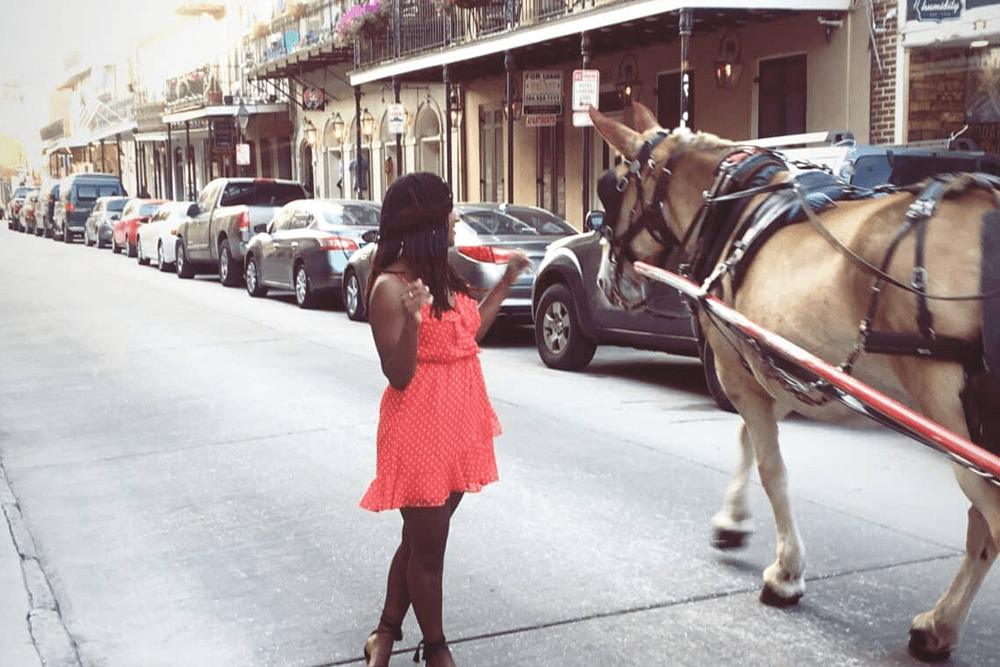
Greater New Orleans
New Orleans is a thriving and diverse city with a rich culture and spirit of resilience like nowhere else on the planet. You could spend weeks exploring the city's unique neighborhoods and hidden treasures and only scratch the surface of what it has to offer.
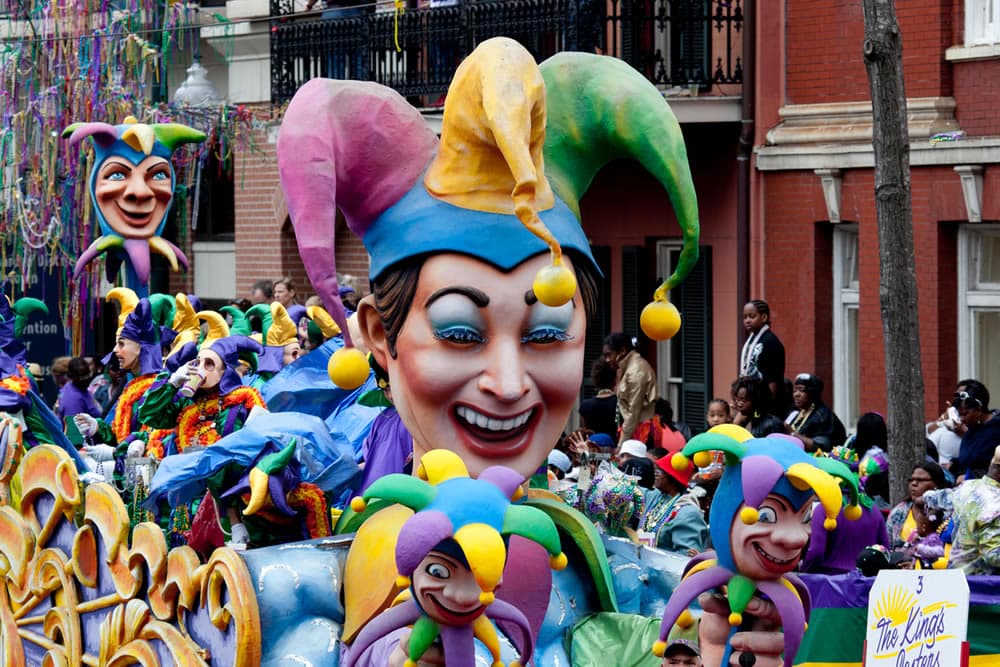
Mardi Gras Parades
Parades begin weeks before the Mardi Gras Day, Fat Tuesday, the day before Ash Wednesday. They are held all over the city. Street processions of maskers with carriages and horseback riders began to celebrate in New Orleans by the late 1830s. Today, it's New Orleans' biggest celebration.
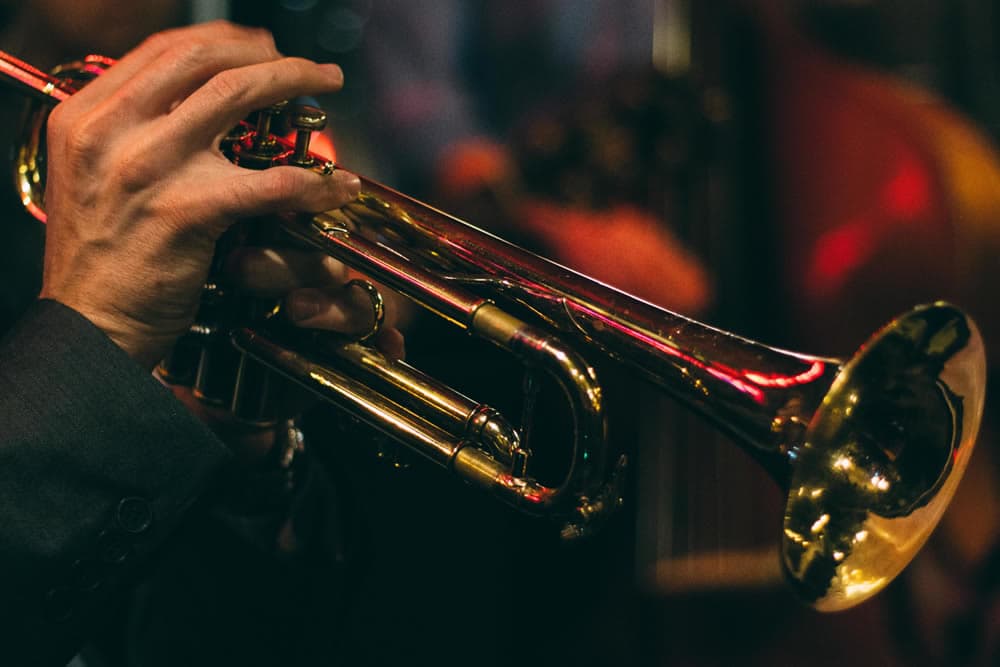
New Orleans Jazz & Heritage Festival
The New Orleans Jazz & Heritage Festival, also called Jazz Fest, is an annual celebration of the music and culture of New Orleans and Louisiana. It occurs on 2 consecutive weekends, in late April and early May. Every music genre from gospel to jazz to R&B and Rock can be heard from multiple stages throughout the Fair Grounds.
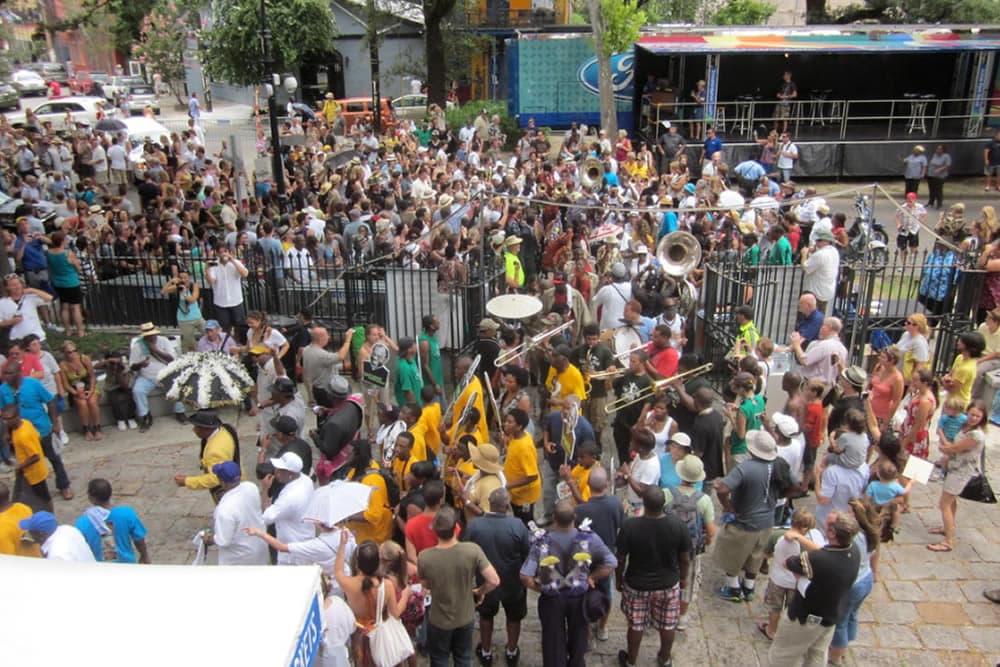
Satchmo SummerFest
Satchmo SummerFest is an annual music festival held in New Orleans in celebration of the Louis "Satchmo" Armstrong, jazz trumpete. It is held in early August in order to coincide with his birthday, August 4.
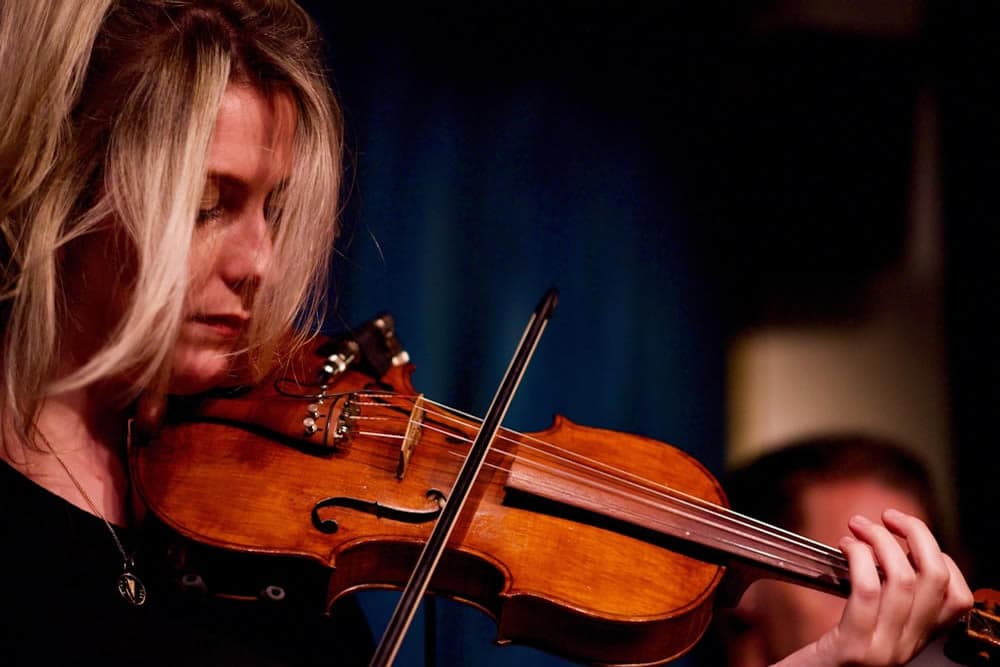
French Quarter Festival
This festival was originally created in 1984 for the purpose of bringing people back to the French Quarter. Music of every genre is played on more than 20 stages all throughout the French Quarter, including jazz, R&B, New Orleans funk, brass bands, folk, gospel, Zydeco, Latin, classical, cabaret and international.
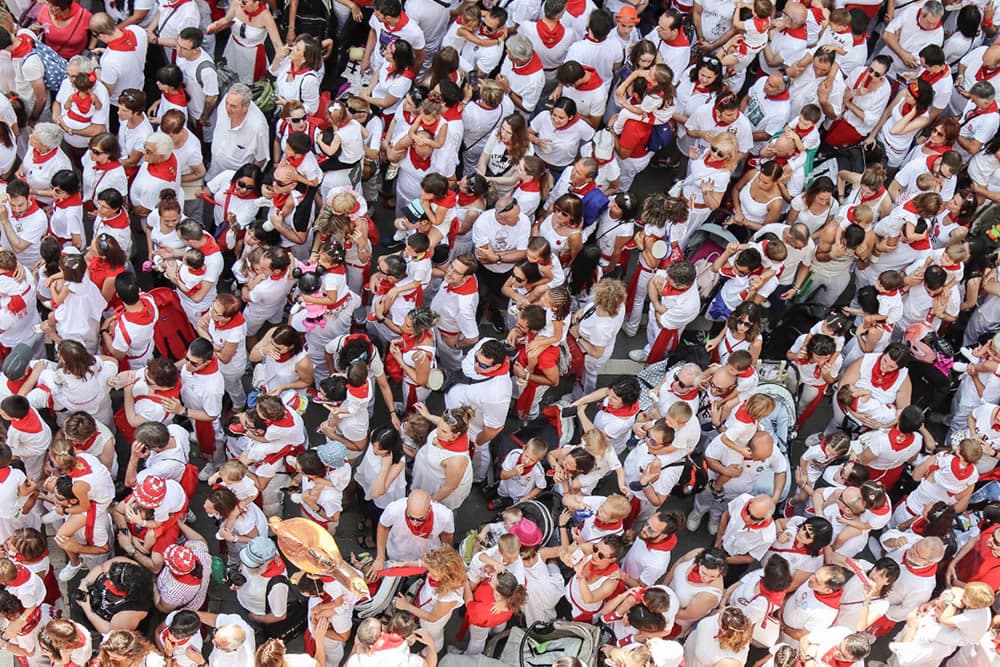
Running of the Bulls
This reenactment of the Running of the Bulls in Pamplona, Spain is done "New Orleans Style". The "bulls" are roller derby skaters, dressed in the traditional colors of Spain's bull run and wearing horned helmets. They sometimes whack the participants with plastic bats during this annual Encierro (bull run). This festival is typically held during August.
Nature
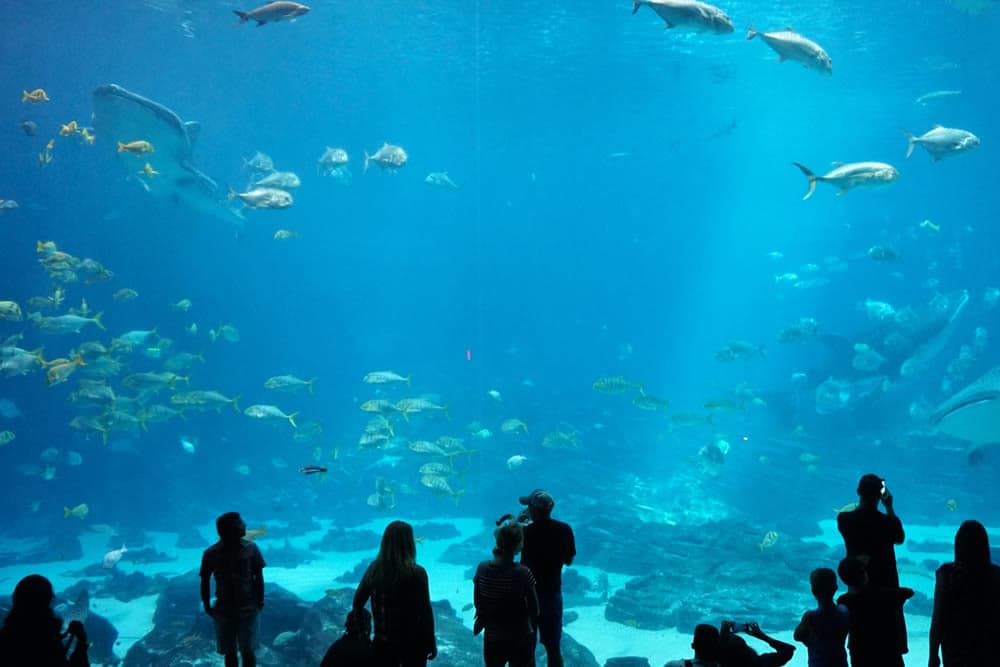
Aquarium of the Americas
New Orleans
The Aquarium transports visitors to an underwater world from the Caribbean, to the Amazon Rainforest, to the waters that give New Orleans its lifeblood: the Mississippi River and the Gulf of Mexico. It features more than 3,600 animals from more than 250 species, including endangered species.
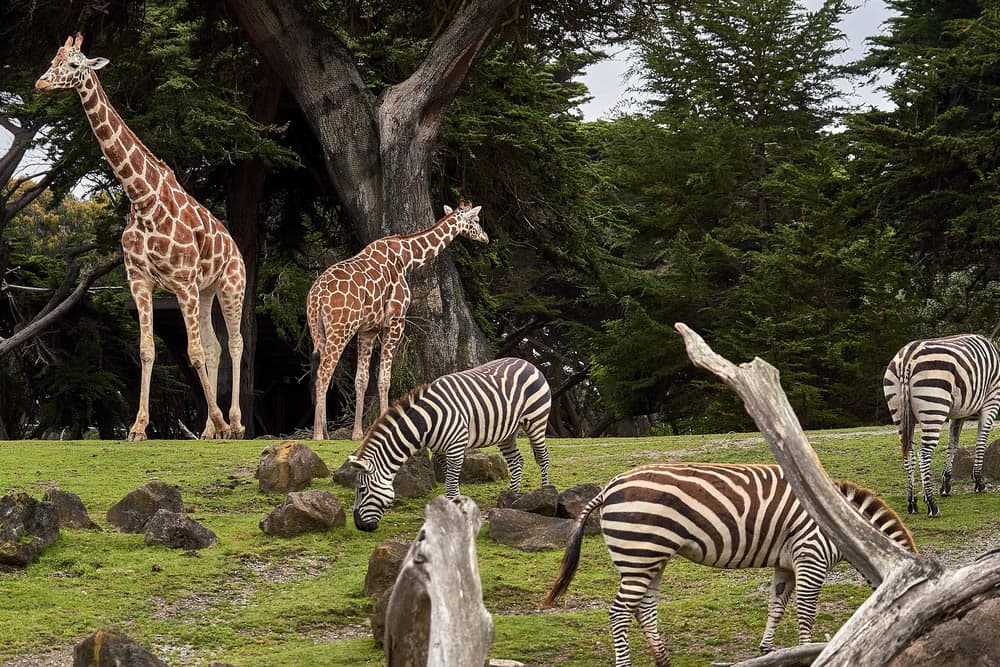
Audubon Zoo
New Orleans
The Audubon Nature Institute is a family of museums and parks dedicated to nature and based in New Orleans, Louisiana.
State Parks
Fontainebleu State Park on Lake Pontchartrain
Mandeville
The 2,800-acre park is located on the shore of Lake Pontchartrain. On a clear day, visitors can see the lake dotted with multi-colored sailboats of all sizes and types. The sandy beach also is a delight for sunbathers. Always be on the lookout for birds and other animals, as over 400 different species live in and around Fontainebleau.
Grand Isle State Park on the Gulf
Grand Isle
Grand Isle State Park lies at the eastern tip of Grand Isle, a barrier island in Jefferson Parish, Louisiana. It is the only inhabited barrier island in the state. Grand Isle serves as a breakwater between the Gulf and the network of inland channels that connect to the bayou tributaries of the Mississippi River. It is also the launching point for excellent deep-sea salt-water fishing adventures.
Bayou Segnette State Park
Westwego
Bayou Segnette State Park offers the best of everything. Just a thirty-minute drive across the Mississippi River from New Orleans, a multitude of recreational opportunities awaits visitors of all ages -- boating, fishing, camping, canoeing, hiking, picnicking, playgrounds and, of course, swimming in the wave pool.
Neighborhoods
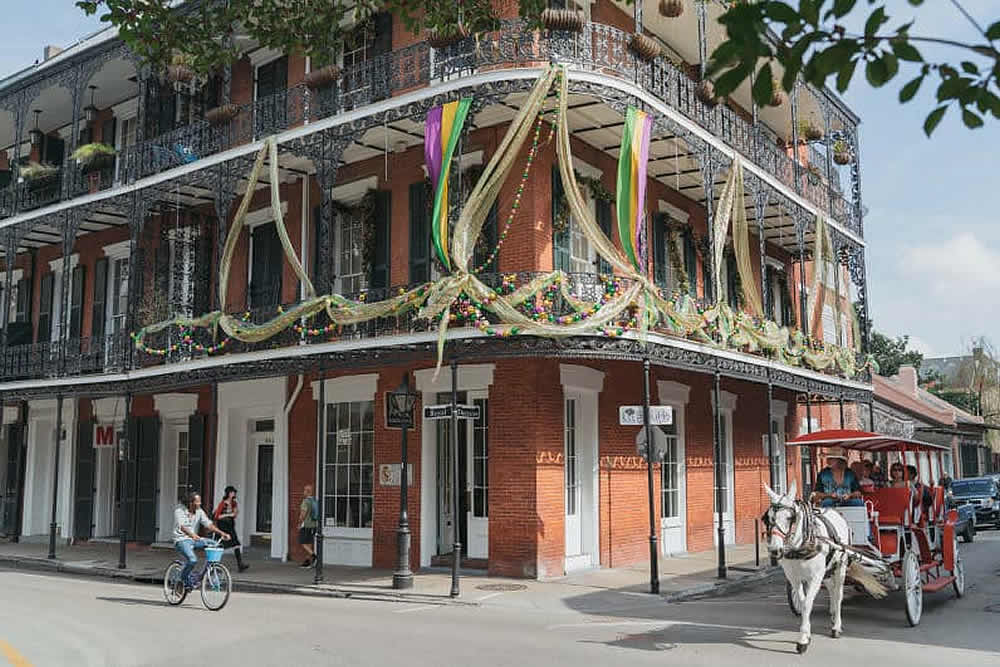
The French Quarter
The French Quarter is the city's historic heart and is most famous for its vibrant nightlife and colorful buildings with cast-iron balconies. Bourbon Street features jazz clubs, Creole and Cajun cuisine and raucous bars serving potent cocktails. The French Market, with gourmet food and local crafts, and Jackson Square where street performers entertain in front of soaring St. Louis Cathedral, are located within this not-to-miss section of New Orleans.
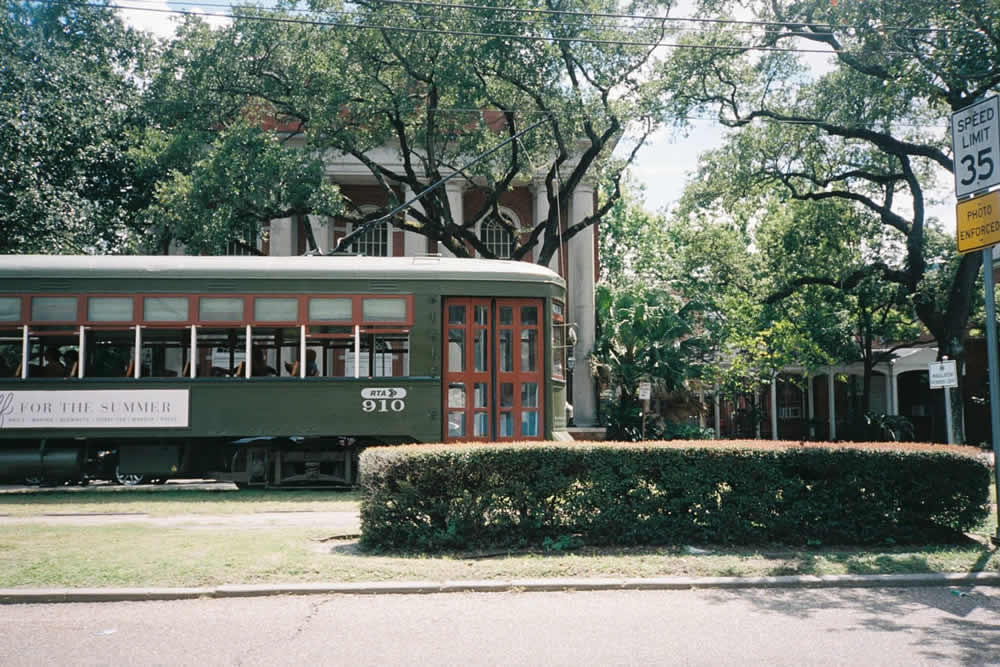
The Garden District
In the charming Garden District, oak tree shaded streets are
lined with a diverse mix of homes, from single-story cottages to the grand historic mansions amid lavish gardens of St. Charles Avenue, on the Mardi Gras parade route. Lafayette Cemetery is filled with ornate, 19th-century tombs. Boutiques and antique shops sit alongside fine-dining restaurants, casual cafes
and local bars on and around Magazine Street. Don't miss the historic St. Charles Streetcar line, the oldest continuously operating streetcar line in the world,
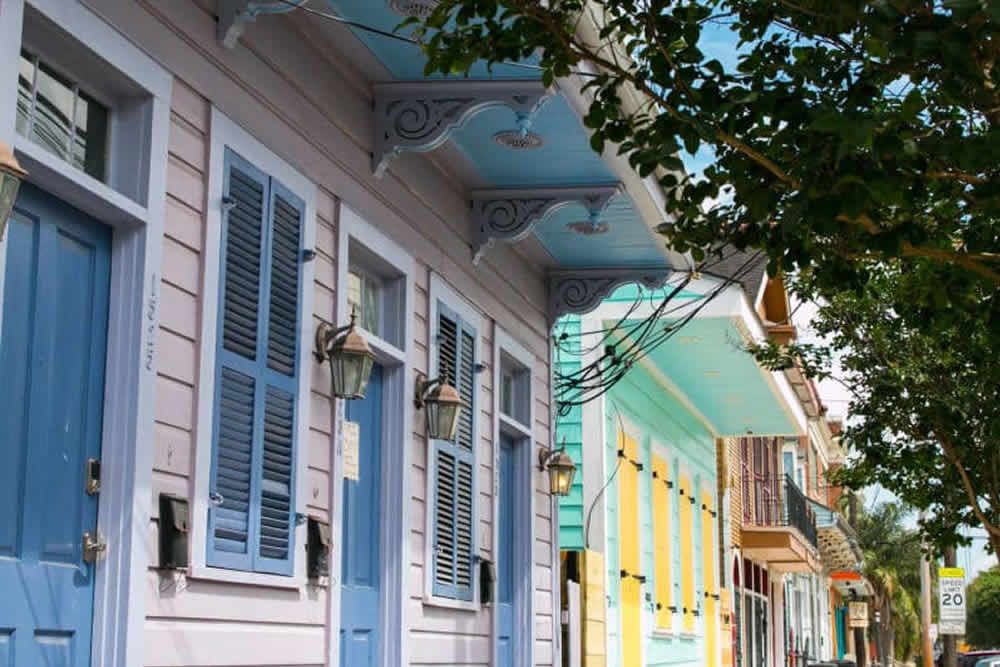
Marigny District
The Marigny district is known for its Cajun bistros, bohemian bars and jazz clubs, especially along Frenchmen Street. Sidewalk musicians and brass bands add a block party vibe to the nighttime Frenchmen Art Market, which sells local artwork and handicrafts. Quieter spots include Washington Square where the lawns are shaded by old oak trees.
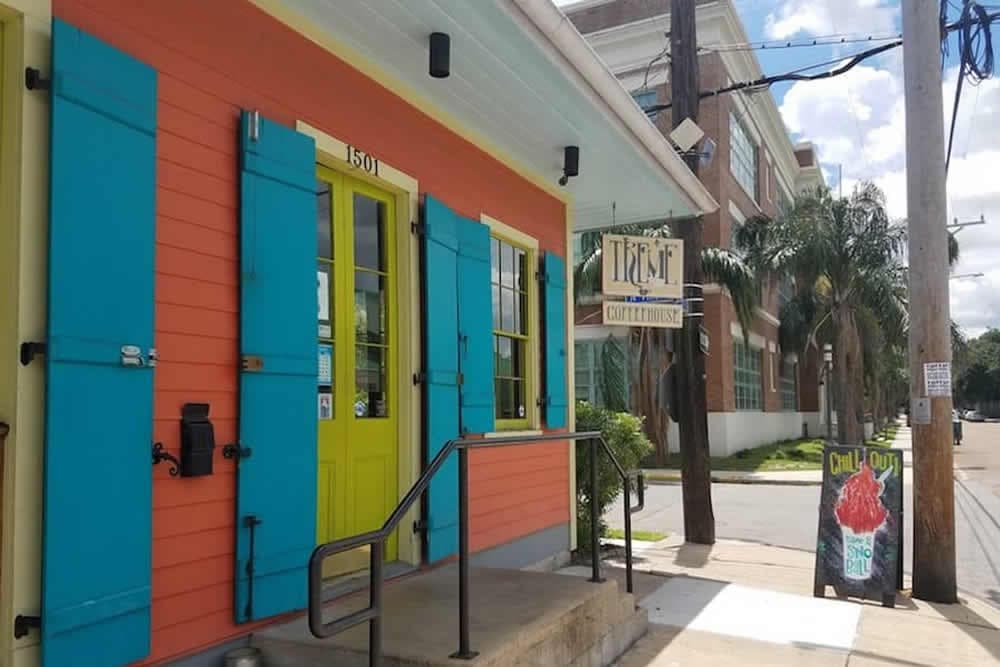
Treme Neighborhood
Treme is known for its jazz clubs, soul food spots and cultural centers which celebrate the neighborhood's African-American and Creole heritage. Congo Square in Louis Armstrong Park hosts concerts and outdoor movies. Colorful cottages surround the stately St. Augustine’s Church, while St. Louis Cemetery No. 1 has the graves of early residents, including voodoo priestess Marie Laveau.
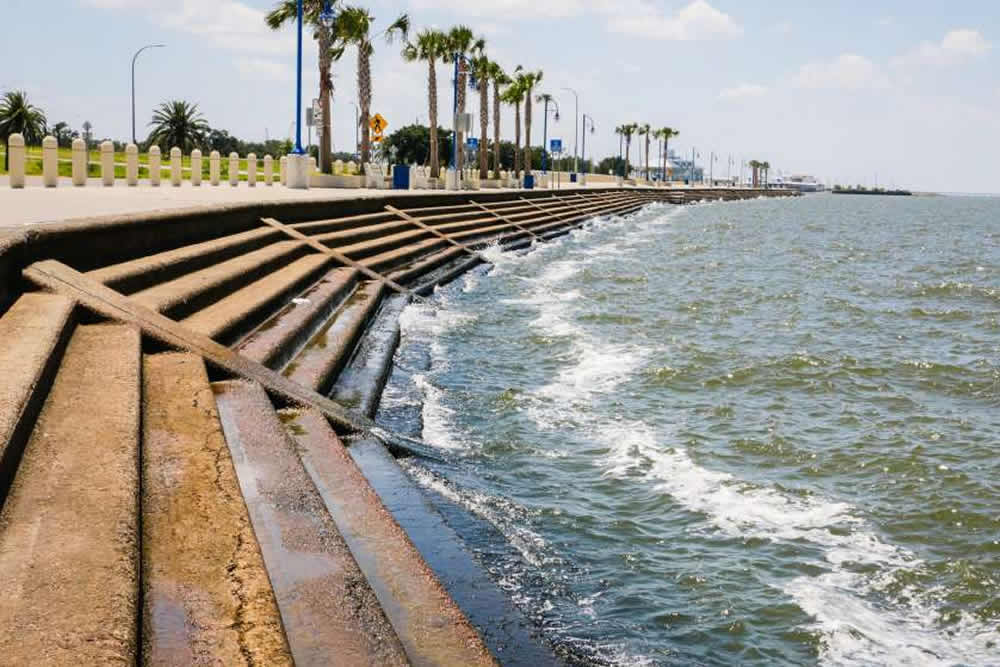
Lakeview
Lakeview, also known as the lakefront, features sky, shore and water, and is dotted with seafood restaurants, sailboats and marinas. This neighborhood is nestled beside City Park, so you can wander the paths of the Besthoff Sculpture Garden, part of the New Orleans Museum of Art, or visit Storyland, a beloved family amusement park. Lakeview’s Harrison Avenue bustles with an assortment of stylish stores and restaurants featuring fare from burgers to burritos. The mood is carefree and casual, friendly, fun and pure New Orleans.










